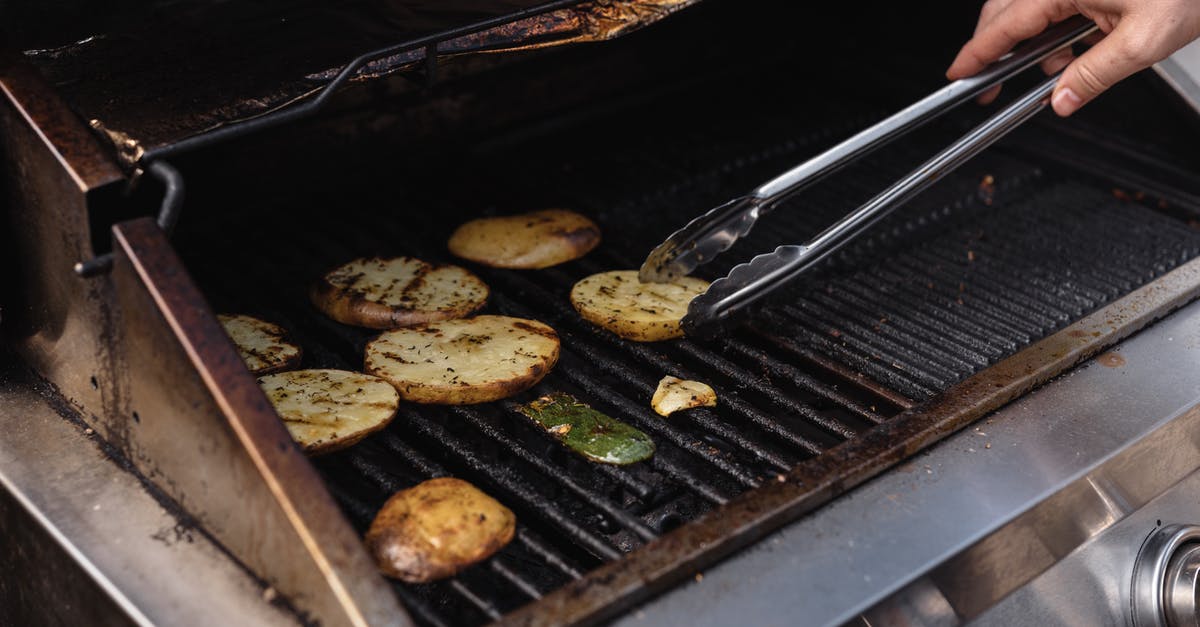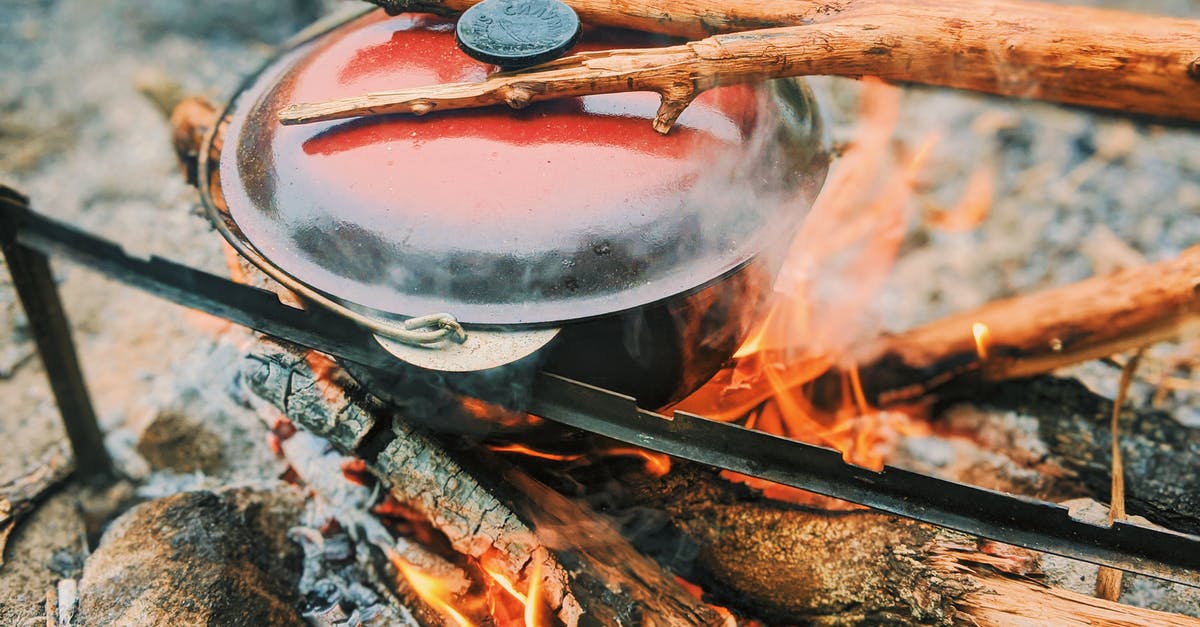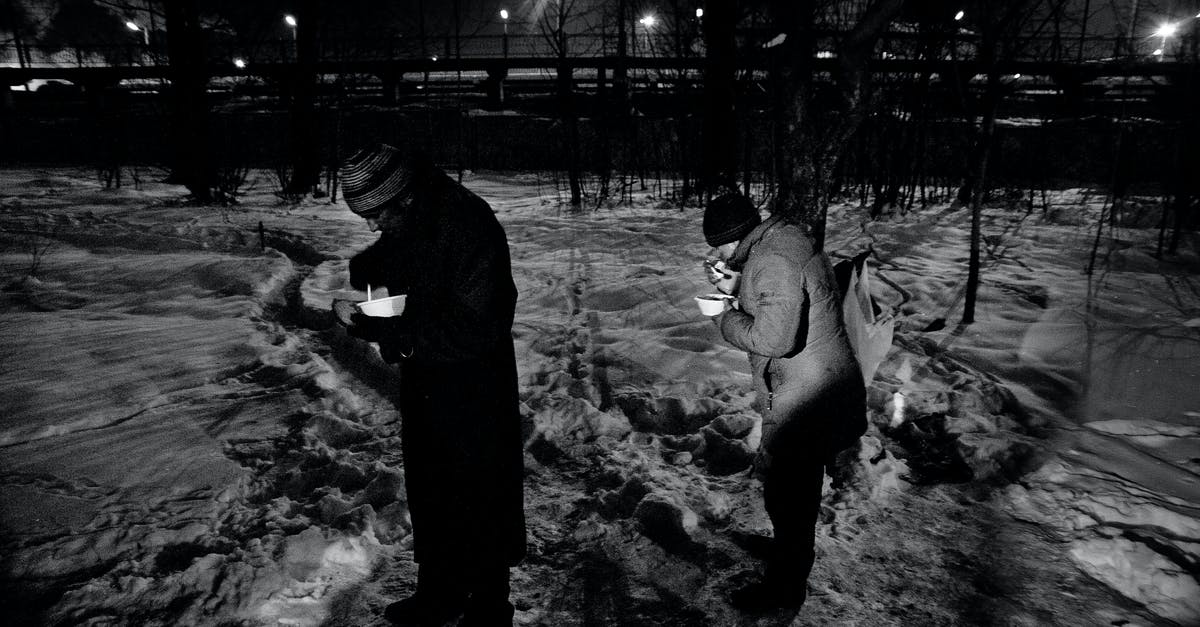What do I need to know about temperature and food safety?

What general rules do I need to follow to keep my food safe? How do I know what temperature to cook something to, or whether my food is safe at room temperature?
Best Answer
Storing food: the danger zone
When food is between 38°F and 140°F (4°C and 60°C) it's considered in the danger zone, and bacteria are growing on it quickly. USDA guidelines say that no longer than two hours in the danger zone is acceptable. This applies to anything that should be refrigerated, including raw meat and cooked food (leftovers). Additionally, if it's over 90F (32C), they reduce the guideline to just one hour.
Killing pathogens: cooking temperatures
When cooking meat, cook it to the recommended temperature for that particular kind of meat. See for example the USDA's temperatures for various meats. These are conservative guidelines, but they'll make you safe. The common ones:
- Poultry: 165°F (74°C)
- Pork: 145°F (63°C)
- Beef, veal, and lamb: 145°F (63°C)
- Ground beaf, veal, and lamb: 160°F (71°C)
Different meats have different potential hazards. Most bacteria is killed by heating it over 145°F (63°C), but some things are much harder to kill, so it's important to use the appropriate temperature for what you're cooking.
And of course, once it's cooked, there may be some things that survived, or are reintroduced to the food, so you still have to follow the two-hour danger zone rule above.
Toxins
Even if the bacteria is dead, toxins can remain if the food was out too long, causing problems. No matter how thoroughly you cook something, it won't make up for bad handling. (Also asked and answered here). For more details on killing bacteria and the hazards of the toxins they leave behind, see the many answers to this question.
Botulism
Botulism is anaerobic (it grows without oxygen) so it's often a concern for canned goods, or things suspended in oil (e.g. garlic in oil). Some further information from http://www.uga.edu/nchfp/publications/nchfp/lit_rev/cure_smoke_fs.html (°C values added)
The majority (65%) of botulism cases are a result of inadequate home food processing or preservation (CDC 1998). Botulism results from ingestion of a toxin produced by the bacterium C. botulinum.
This bacterium requires a moist, oxygen-free environment, low acidity (pH greater than 4.6) and temperatures in the danger zone (38-140°F / 4-60°C) to grow and produce toxin. C. botulinum forms heat resistant spores that can become dangerous if allowed to germinate, grow, and produce toxin.
Sufficient heat can be used to inactivate the toxin (180°F / 82°C for 4 min., Kendall 1999). C. botulinum thrives in moist foods that are low in salt (less than 10%), particularly when they are stored at temperatures above 38°F / 4°C.
These organisms will not grow in an aerobic environment, but other aerobic organisms in a closed system can rapidly convert an aerobic environment to an anaerobic environment by using the oxygen for their own growth, permitting growth of C. botulinum.
Nowadays foodborne botulism kills about 10 to 30 people a year in the USA, according to the Centers for Disease Control and Prevention.
Pictures about "What do I need to know about temperature and food safety?"



Quick Answer about "What do I need to know about temperature and food safety?"
Bacteria can multiply rapidly if left at room temperature or in the “Danger Zone” between 40°F and 140°F. Never leave perishable food out for more than 2 hours (or 1 hour if exposed to temperatures above 90°F). Learn how to protect yourself and your family from food poisining by avoiding 10 common food safety mistakes.Why is it necessary to know the food temperature?
It is essential to use a food thermometer when cooking meat, poultry, and egg products to prevent undercooking, and consequently, prevent foodborne illness.What is temperature control in food safety?
Temperature control is a set of procedures, strategies, measurements, and conditions established to meet and maintain the standards and specifications of a given product and/or process regarding temperature. It is vital for food safety assurance and is used: to process food products.What do you know about food safety?
Food Safety refers to handling, preparing and storing food in a way to best reduce the risk of individuals becoming sick from foodborne illnesses. Food safety is a global concern that covers a variety of different areas of everyday life.What are the 3 main guidelines of checking the temperature in food?
Note: There are three important temperatures to remember when cooking meat or eggs at home: Eggs and all ground meats must be cooked to 160\xb0F; poultry and fowl to 165\xb0F; and fresh meat steaks, chops and roasts to 145\xb0F. Use a thermometer to check temperatures.Basic Food Safety: Chapter 3 \
Sources: Stack Exchange - This article follows the attribution requirements of Stack Exchange and is licensed under CC BY-SA 3.0.
Images: Olga Lioncat, Dmitriy Zub, Plato Terentev, Thom Gonzalez
